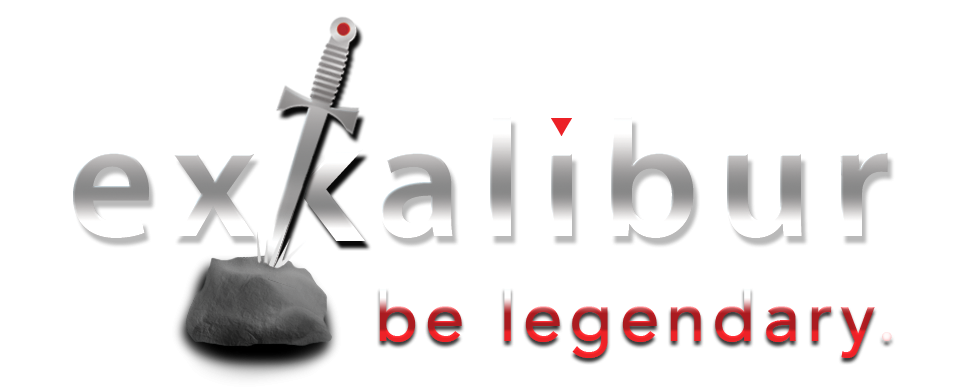Newton’s 2nd Law concluded that the acceleration of an object is dependent upon two variables – the force acting upon the object and the mass of the object. T hese 4 Essential Practices will help you grasp the power of Momentum, the limitations of Force and the drag of Friction.

Last week, I wrote to you about Momentum. I wanted you to see it more clearly because it is a powerful force you can harness to get things done … and yet it’s virtually invisible and often overlooked for the power it possesses.
How often have you found that initiatives you’ve launched have ground to a halt? You started out on the right foot, got everyone working together, everyone knew what he or she was supposed to do … and then it stopped. Cold.
Why does that happen?
[pullquote]The force acting on an object is equal to the mass of that object times its acceleration.” ~ Newton’s Second Law of Motion[/pullquote]
What do we do about stalled projects?
Last week, we learned inertia gets in the bloodstream when momentum takes a hike.
Let’s see what our new best friend, Sir Isaac Newton, would suggest by applying his Second Law of Motion to gain some valuable insights about how to turn things around.
F = M x A: Force equals Mass times Acceleration
In his 2nd Law, Newton concluded that the acceleration of an object is dependent upon two variables – the force acting upon the object and the mass of the object.
When the force is increased, acceleration is increased. Likewise, the doubling of the mass results in reducing by half the acceleration, assuming the force is held constant.
Physics professors stress that force does not cause motion, it causes acceleration. The concept of inertia means objects in motion only stop because some kind of friction – something gets in the way to stop their progress.
Won’t it help if I just push harder?
It’s pretty easy to wrap our minds around the concept that the heavier the object is, the harder it is to move, isn’t it? For something twice as heavy, the same force will move it only half as far. If you’ve been to the DMV recently, you know what I mean.
But, what if it barely moves at all?
Your first thought is probably to apply more force … push harder.
In your business, it often means setting more demanding deadlines, adding more bodies to the team, maybe even raising your voice. You’re determined to get that initiative moving come hell or high water, so you just keep pushing.
But what if that’s still not enough? What if you’re pushing even harder and you’re still not moving the needle?
And, what if you’re pushing too hard, so hard that you derail the team, tank any chance of success and start to see people heading for the exits?
What does Newton tell us to do now?
What does our new best friend tell us to do? Why isn’t the force we’re applying getting any results?
Yes, momentum has stopped and inertia has set in … but what else is at work when we observe every day objects in motion slowing down and becoming motionless without an apparent outside force?
There’s another force in play that we also struggle to see clearly – friction.
Friction.
How does friction work?
If you slide a book across a table, you’ll see it slide to a rest position. The book comes to rest because of the presence of a force – that force being the force of friction – which brings the book to a rest position.
If it weren’t for the friction, the book would continue in motion with the same speed and direction – forever! (Or at least to the end of the table top.)
Friction is the Resistance. It represents the obstacles in the way of your initiatives … those forces that resist movement … resist change … resist the force you apply to move your projects forward.
What’s the best course of action?
You know it will help to apply force to keep your initiatives moving forward. That force takes many forms, from routine follow up to motivation and incentives. You may be pounding away with every tool you have … but you’ve probably noticed … it’s still not enough.
What are you seeing? You’re seeing Friction at its finest.
You’re seeing that there are obstacles in front of your team blocking the forward movement of your project or initiative. If you can eliminate the friction, the force you apply will move the project forward.
What are the 4 Essential Practices to Get Your Projects Off the Dime?
How do we put Newton’s Laws to work FOR us rather than AGAINST us?
Here is what Newton teaches us … what we’ll call the 4 Essential Practices Required to Get Your Projects off the Dime:
1. Set Clear Expectations.
If you don’t start by Setting Clear Expectations, you have little chance of success. It’s essential to set clear, even aggressive expectations.
- They need to be S.M.A.R.T.
- They need to be realistically achievable.
- They need to have clear timelines, milestones and deadlines.
- They need to be transparent and shared across all the constituencies involved.
You absolutely need to follow up, push even, but make sure the next 3 practices are also in place.
2. Get Lean
The greater the mass of the object you’re seeking to move, the more force it will take to move it forward. Likewise, the more entrenched … inflexible … bloated … your organization becomes, the greater the force needed to move it. (Do you recall your most recent encounter with a government bureaucracy? Have any luck pushing them around?)
Reduce the mass. Build a lean, mean fighting machine without bureaucracy.
3. Apply Force
Remember that the acceleration of an object is also dependent upon another variable – the net force acting upon the object. If we reduce the mass – Get Lean – and increase the force, the acceleration of the object is increased.
Applying force judiciously – follow up, discussion, motivation, incentives – will help you accelerate the forward movement of your projects. It will backfire, however, if the mass is too heavy … your team(s) become intransigent, immobile or bureaucratic.
4. Reduce Friction
Reducing the mass – Getting Lean – is part of the formula, but for force to be effective, you also need to remove the Friction.
When people are involved, successful leaders have learned you’ll achieve better results by removing the friction that slows your progress rather than applying greater force.
Focus on activities like better training and an accountable culture built on results rather than blame. Streamline your processes so that activities aren’t slowed by unnecessary rules and procedures.
When you minimize the obstacles in your path, friction is reduced and projects move forward.
Summary
In short, if you want to get more out of your teams and achieve the goals you set, here’s the formula reduced to a few words:
- Be Clear
- Get Lean
- Apply Force
- Reduce Friction
How do you put all this together?
- Set clear expectations and don’t allow your organization to become bloated.
- Judiciously apply enough force to get and keep the project moving forward.
- Keep your eye on the path ahead and eliminate every obstacle in your way.
It’s a simple formula and you can do it. Attack initiatives in this manner.
Newton will be happy … and so will you.
So, what have you found to be the greatest obstacle to project success? Be sure to visit our Facebook Page or @Exkalibur on Twitter to share your thoughts and comments.


